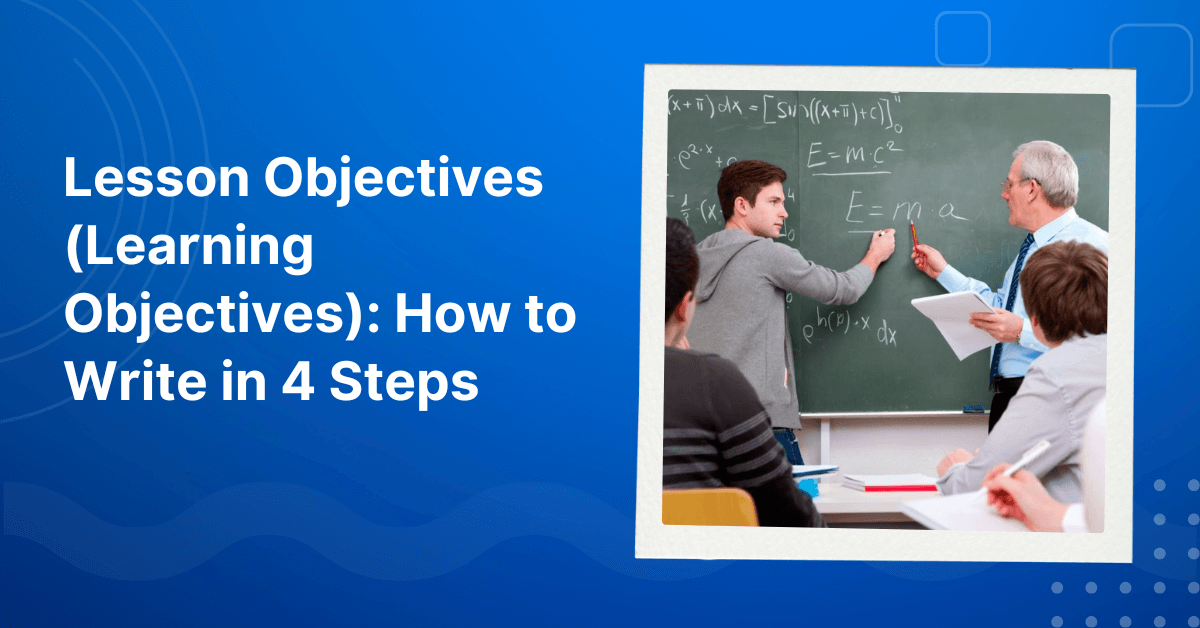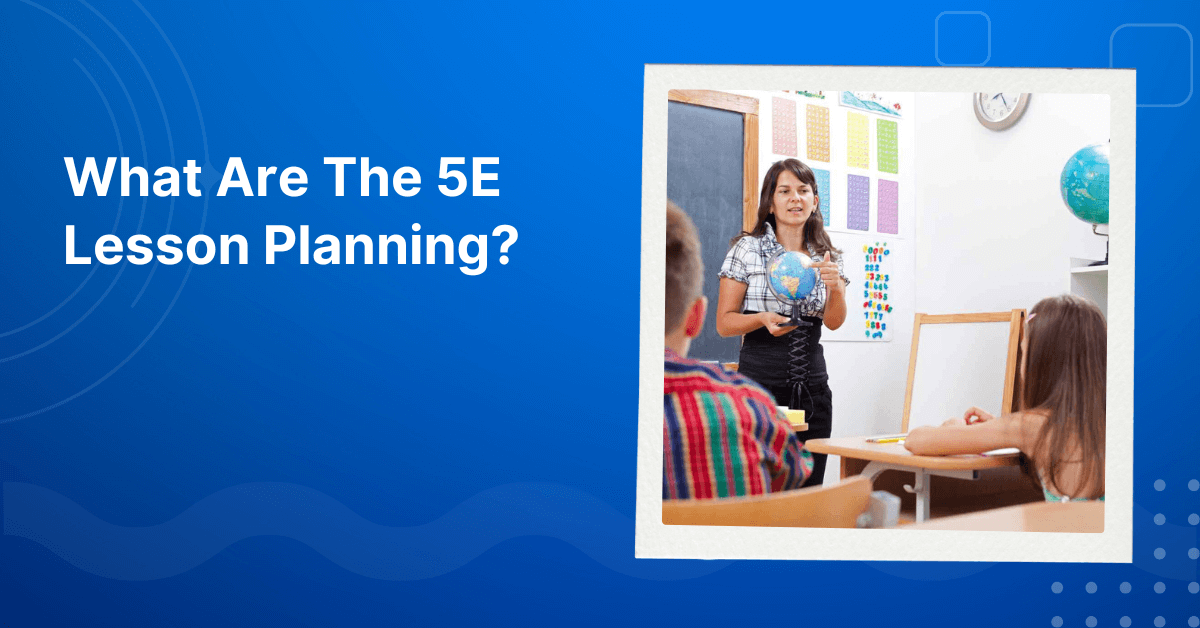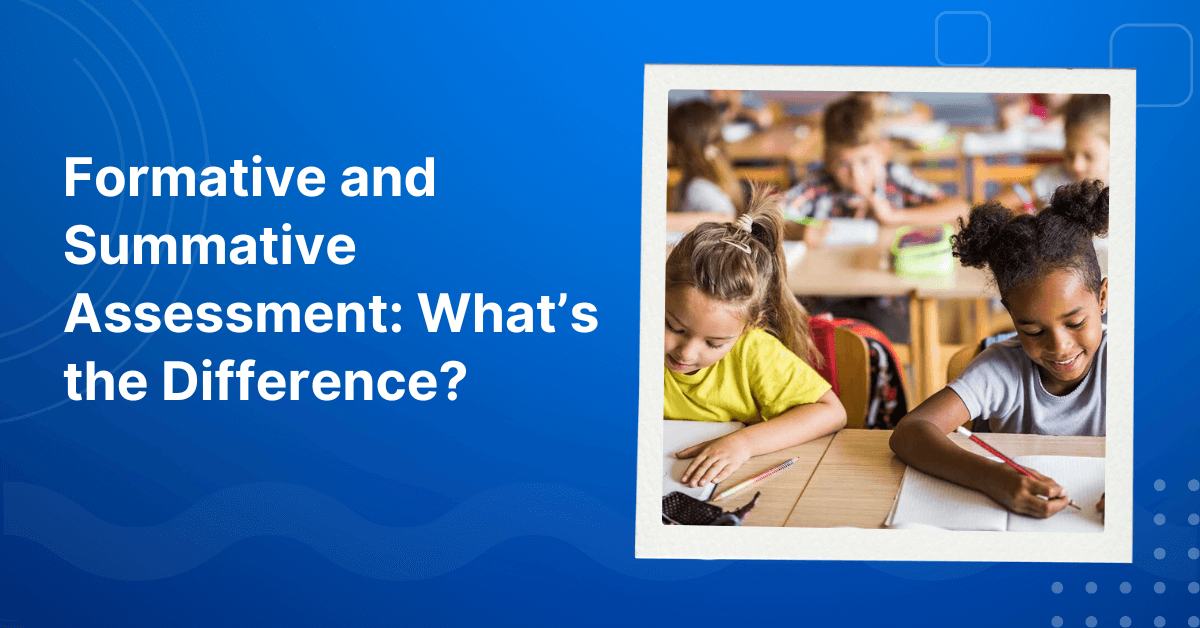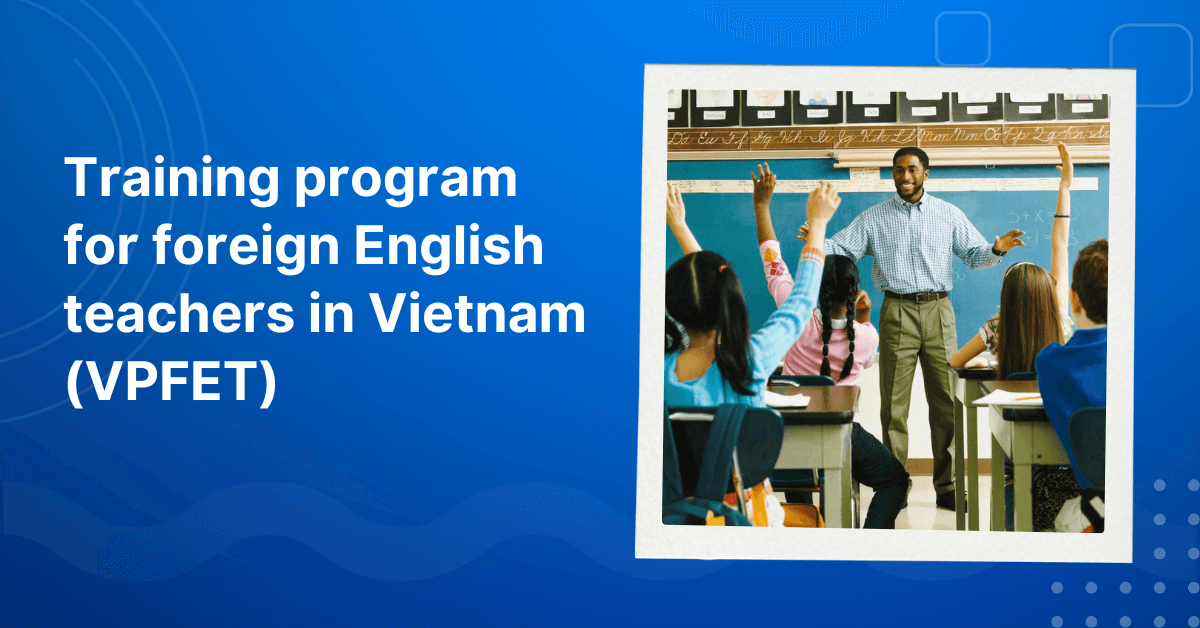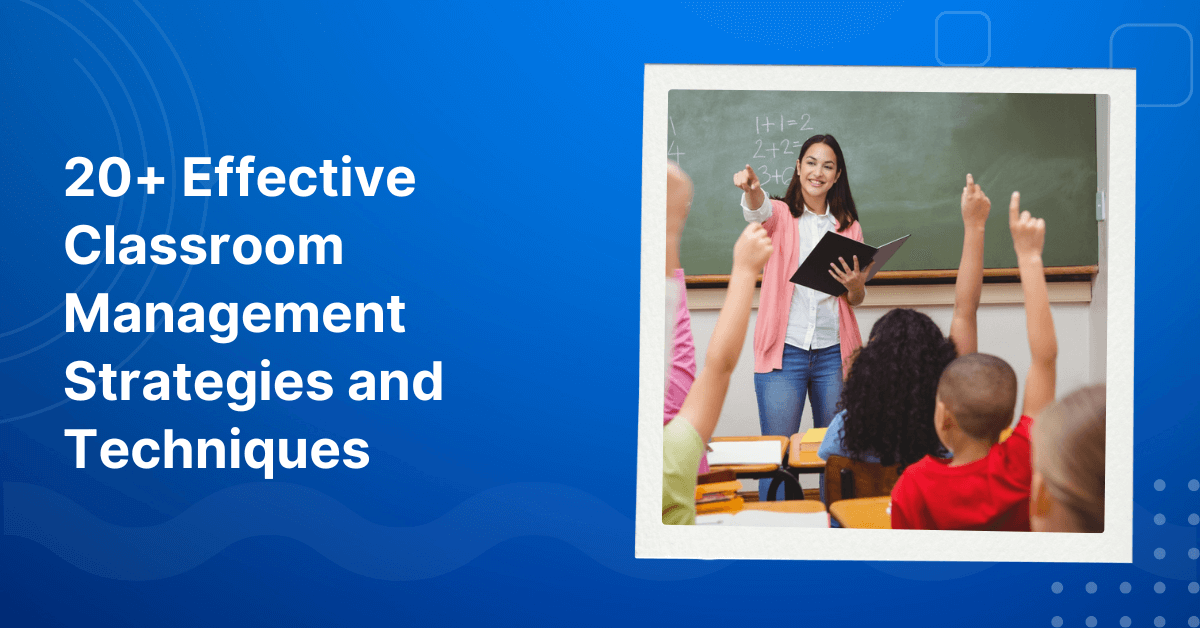
15+ Ways to Build Confidence in Your ESL Students
Building confidence in students is essential for their language learning and overall academic success. When students feel confident in their abilities, they are more likely to actively participate, take risks, and embrace challenges. As educators, we play a vital role in fostering a supportive learning environment that encourages self-assurance and empowers students to become confident language learners. In this article, VTJ will discuss 15 effective strategies and techniques to build confidence in ESL students, equipping them with the necessary skills and mindset to thrive in their language acquisition journey.
1. Embrace a growth mindset

Having a growth mindset means believing in continuous improvement through effort and action. It involves recognizing challenges and actively working to overcome them. Research shows that students with a growth mindset tend to be more successful, achieve better grades, and tackle challenges with greater resilience. Therefore, it is crucial to instill a growth mindset in ESL students from an early age.
Developing a growth mindset is a gradual process that requires ongoing feedback and support. However, teachers can begin with small exercises to help students identify their challenges and develop strategies to overcome them. By nurturing a growth mindset, teachers can build confidence and motivation in their ESL students, setting them on a path to success in language learning.
2. Setting up realistic expectations
When it comes to ESL (English as a Second Language) students, setting realistic expectations is crucial for building confidence in students. The zone of proximal development theory suggests that assignments that are too difficult can create anxiety, while those that are too easy may not provide enough challenge for effective learning.
As teachers, it is important to offer assignments and tasks that strike a balance, providing optimal and realistic expectations that students can achieve. This approach ensures that students are appropriately challenged, promoting growth and learning without overwhelming them. By setting realistic expectations, students can experience a sense of accomplishment when they successfully complete assignments, boosting their confidence in their language learning abilities.
Explore More Teaching Tips: The average salary for teaching English in Vietnam in 2025
3. Praise and acknowledge accomplishments

Praising the work of ESL (English as a Second Language) students and acknowledging their contributions is a powerful way to build confidence in students. By providing targeted praise and recognition, students develop confidence in their abilities and are motivated to strive for even greater achievements. It is important to focus on praising the process rather than the students’ intellect, such as acknowledging progress and improvement in their work. For example, saying “Good work! I can see a difference in your work compared to yesterday” helps students connect their efforts to tangible outcomes, reinforcing their confidence in their language learning journey.
4. Provide constructive feedback
Constructive feedback is a valuable tool for building confidence in ESL (English as a Second Language) students. Research indicates that constructive feedback supports students in their learning and growth. It is essential for students to understand areas where they need improvement in order to progress. As teachers, it is our responsibility to provide necessary constructive feedback to our students.
When giving feedback, it is important to be supportive and have faith in the talents of our students. By offering specific and actionable feedback, we empower students to understand their strengths and areas for improvement. This helps them build confidence in their language skills and motivates them to continue striving for progress. By providing constructive feedback, we create a supportive learning environment that nurtures student growth and fosters self-assurance.
Discover Related Guides: 14 Types of teaching methods for an effective lesson
5. Don’t overcorrect students

Overcorrecting students can have a negative impact on their confidence and self-assurance. It is important to provide a better solution that allows students sufficient time to think and reflect. Rushing to correct every mistake can lead students to doubt their abilities and reduce their initiative in the classroom. Confidence plays a key role in achieving success, so it is essential not to overcorrect students’ work. By striking a balance between providing guidance and allowing students to learn from their mistakes, we can nurture their confidence and encourage independent language learning.
6. Avoid peer comparison
It is important to avoid peer comparison in order to build confidence in ESL (English as a Second Language) students. Each student is unique, with different cognitive development, learning styles, and needs. Constantly comparing students to their peers can lead to feelings of inadequacy and insecurity, which can hinder their learning capabilities.
Instead of relying on peer comparison, teachers should encourage students to compare their own work with their previous achievements. By emphasizing self-comparison, students can recognize their strengths and feel confident about their progress. This approach helps students focus on their personal growth and development, fostering a positive and supportive learning environment that nurtures their confidence in their language learning journey.
Continue Learning: How To Encourage Students To Speak More English In Class
7. Wall of fame

Creating a Wall of Fame is an effective strategy for building confidence in students. Teachers can showcase students’ achievements both within and outside the classroom to celebrate their accomplishments.
One way to implement this is by creating virtual portfolios for each student and sharing them with parents. By highlighting students’ progress, skills, and notable work, they feel inspired and proud of their achievements. This recognition motivates students to explore new opportunities and challenges, fostering a growth mindset and a willingness to try new things.
The Wall of Fame serves as a constant reminder of their success, building confidence and self-esteem. It also promotes a positive classroom environment where students feel valued and supported in their language learning journey.
See More Strategies: Substitute Teacher vs Teacher Assistant: What are the Differences?
8. Develop questioning skills
Developing strong questioning skills is a powerful method to build confidence in students. However, many students hesitate to participate and ask questions in class. To address this, teachers can create a welcoming atmosphere that encourages student engagement.
There are two key approaches to achieve this. Firstly, teachers should assist students in developing the skill of questioning through various activities. By providing guidance and practice, students can become more comfortable formulating and asking questions. This empowers them to actively participate in class discussions and seek clarification when needed.
Secondly, teachers should encourage students to express their interests in ways that can lead to learning. By connecting lessons to their individual interests and experiences, students feel a sense of ownership and relevance in their learning. This approach not only boosts confidence but also enhances motivation and engagement.
By developing questioning skills and fostering a supportive learning environment, teachers can empower ESL students to confidently express their thoughts, engage in meaningful discussions, and actively pursue knowledge.
Explore More: What is blended learning? Types, Examples & Benefits?
9. Use the think-pair-share technique

The think-pair-share technique is an effective method within cooperative learning that builds confidence in students. This technique involves pairing up students to complete assignments collaboratively.
In this approach, students work independently to gather their own ideas, then discuss and refine their work with their partner. They later present their findings to the entire class, allowing for feedback and input from their peers. This exercise enhances student engagement, boosting their confidence and their ability to actively participate in class discussions.
By using the think-pair-share technique, ESL students gain valuable opportunities to share their thoughts, receive feedback, and refine their ideas. This collaborative process promotes a supportive learning environment and empowers students to express themselves confidently, leading to increased engagement and participation in the classroom.
10. Let students be in charge
Children have immense potential and merely standing in front of the class and speaking would limit their confidence. To build confidence in ESL students, it is important to let them take charge of discussion activities. By allowing students to lead, their talents are brought forth, and everyone is encouraged to participate actively.
When students are given a sense of leadership and importance, their self-worth and confidence soar. It is crucial to create an environment where each student’s strengths and abilities are recognized and valued. By empowering students and giving them opportunities to take charge, their confidence is nurtured, and they become more engaged in their learning journey.
Consistently implementing these strategies will contribute to the development of students’ confidence over time. It is a gradual process, but these simple steps will support both students and teachers in their efforts to build confidence and create a positive and empowering learning environment.
Discover Related Guides: 40+ ESL Teacher Interview Questions & Answers
11. Model Confidence

One of the most effective ways to instill a skill or trait in students is to actively model it in our own lives. To build confidence in students, we can demonstrate self-esteem and confidence through our actions. Here are a few ways to model confidence:
- Treat yourself with love and kindness: Show students the importance of self-care and self-compassion by treating yourself with respect and kindness.
- Acknowledge mistakes and failures: Demonstrate that it’s okay to make mistakes by openly acknowledging your own errors and learning from them.
- Seek help when needed: Encourage students to ask for help by modeling the behavior yourself. Show that it’s a sign of strength to seek assistance when confused or stuck.
- Embrace your identity: Be proud of who you are and what you stand for, demonstrating authenticity and confidence in your beliefs and values.
- Set and share goals: Set ambitious goals for yourself and openly share your progress with students. This shows them the importance of striving for personal growth and celebrating achievements along the way.
By actively modeling confidence, teachers create a positive influence and inspire students to develop their own self-assurance. Through these actions, students learn to believe in themselves and cultivate confidence in their language learning and beyond.
See More: Teacher Strengths and Weaknesses: How to Answer?
12. Normalize Failure
Failure is a natural and inevitable part of life, yet students (and even adults) often fear it to the extent that they avoid taking risks. To build confidence in students, it is crucial to create an environment where failure is normalized and its necessity and value are understood.
It is important to emphasize that failure does not define one’s capabilities or intelligence. Instead, it provides an opportunity to learn, grow, and adapt. By reframing failure as a stepping stone to success, students understand that it is a natural part of the learning process.
Encouraging students to embrace failure and try again with a different approach is key. Each time a student experiences failure and perseveres, their self-confidence grows. They learn to view setbacks as valuable learning experiences and become more resilient in the face of challenges.
By normalizing failure, we foster a growth mindset and instill confidence in ESL students. They become more willing to take risks, explore new ideas, and engage in the learning process without the fear of making mistakes. Ultimately, this mindset shift empowers students to overcome obstacles, develop their language skills, and build a strong foundation for future success.
13. Create Autonomy

Granting students the ability to make choices sends a powerful message that you believe in their capabilities. This belief, in turn, helps to build confidence in students. Therefore, it is essential to provide opportunities for autonomy in the ESL (English as a Second Language) classroom and witness the positive impact on students’ self-assurance.
Here are some ways to encourage student autonomy:
- Partner selection: Allow students to choose their own partners for collaborative work. This fosters a sense of ownership and empowers students to take responsibility for their learning.
- Project focus: Give students the freedom to select the focus of their projects. This allows them to explore topics of personal interest, fostering motivation and engagement.
- Presentation format: Let students decide on the type of presentation they create. Whether it’s a speech, a visual display, or a multimedia presentation, this autonomy cultivates their creativity and self-expression.
- Reading choices: Offer students the opportunity to choose the books they read. By selecting materials aligned with their interests and reading levels, they become more invested in their reading journey.
- Analyzing scenarios: Provide students with a range of scenarios and let them choose which ones to analyze. This autonomy allows them to apply their critical thinking skills to subjects that resonate with them.
By creating autonomy in the classroom, ESL students feel a sense of ownership over their learning. This empowerment fuels their confidence as they actively engage in decision-making processes and take control of their educational journey. As a result, students become more motivated, enthusiastic, and confident in their abilities.
Discover Related Guides: 15 Tips to Speak Vietnamese Fluently Like a Native For Beginners
14. Peer-to-Peer Recognition
Providing opportunities for peer-to-peer recognition is a powerful way to build confidence in ESL (English as a Second Language) students. We all seek validation and acknowledgment from our peers, and receiving compliments about their strengths can greatly enhance students’ confidence.
By encouraging students to praise and appreciate each other, a positive and supportive classroom environment is created. This recognition not only boosts the self-esteem of the recipient but also cultivates a sense of belonging and acceptance within the group.
Teachers can facilitate peer-to-peer recognition through various activities such as:
- Peer feedback: Encourage students to provide constructive feedback to their peers, highlighting their strengths and areas for improvement. This not only reinforces their understanding of the subject matter but also fosters a supportive learning community.
- Appreciation circles: Create opportunities for students to express appreciation for their classmates’ efforts, achievements, and contributions. This can be done through written notes, group discussions, or public acknowledgments.
- Collaborative projects: Encourage students to recognize and value each other’s unique skills and abilities during group projects. This promotes a sense of teamwork and helps students realize their individual strengths and how they contribute to the collective success.
By incorporating peer-to-peer recognition, ESL students develop a stronger sense of self-worth, as their abilities are acknowledged and celebrated by their peers. This positive reinforcement creates an atmosphere of encouragement, where students feel supported and motivated to continue growing and achieving in their language learning journey.
Are you facing difficulties in finding and securing teaching positions in Vietnam? Are visa procedures causing you trouble? Feeling overwhelmed and directionless upon your arrival in Vietnam for teaching assignments? Don’t worry, VTJ’s English Teaching Placement in Vietnam (EPIV) Program 2024 provides comprehensive support to solve ALL the matters.
👉👉👉 Click HERE to request free consultation


